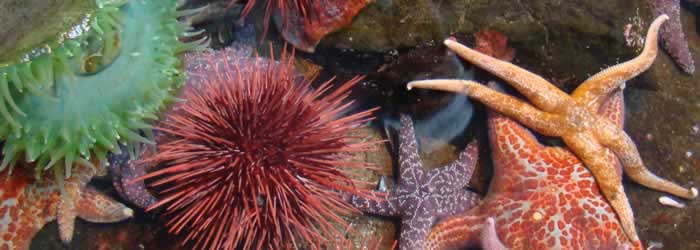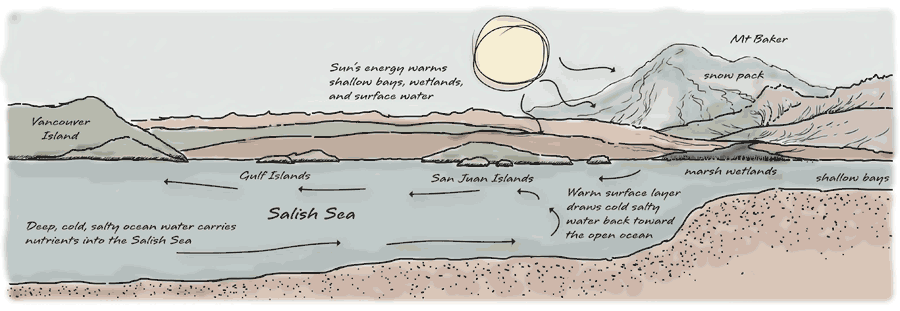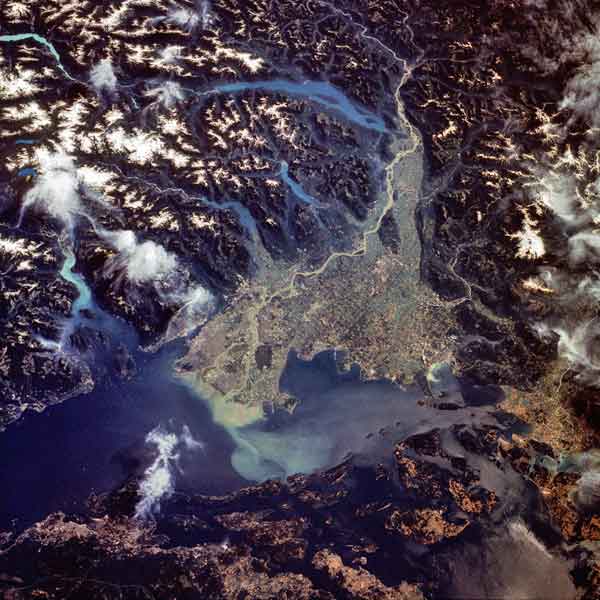Salish Sea: What's in a Name?
Treasure hunting? This is your lucky day. The Salish Sea is an ecological treasure!
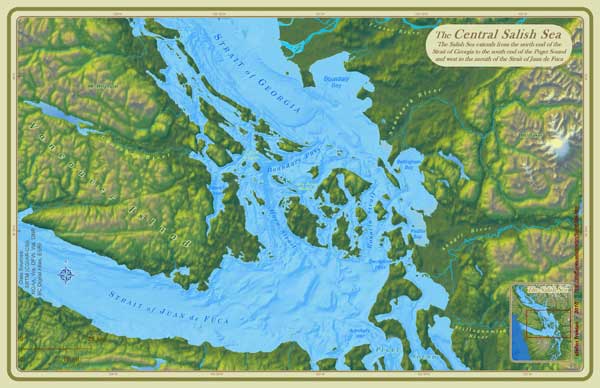
Maps coutesy Western Washington University.
Fidalgo Bay is part of a larger body of water known as the Salish Sea. Abundant fresh water, unique tidal patterns, and shallow bays create one of the largest and most biologically diverse ecosystems with significant populations of birds, mammals, fish, and invertebrates.
The Salish Sea has no political borders, only natural ones. It contains all the marine waters between Vancouver Island, Canada, and mainland North America. This expansive estuary and inland sea includes Puget Sound, the Strait of Juan de Fuca, and Canada’s Georgia Basin.
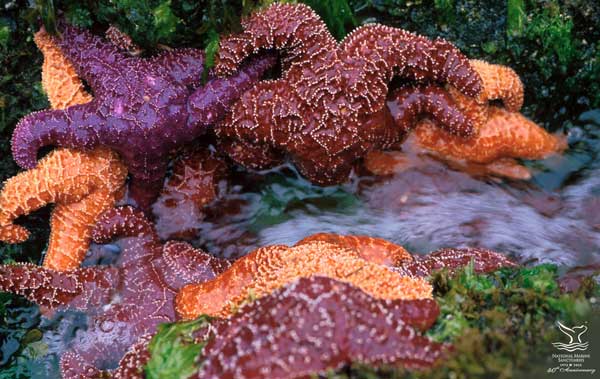
Image courtesy NOAA National Marine Sanctuaries program
Today, despite its uniqueness—or perhaps because of it—the health of the Salish Sea faces growing pressure from loss of forest and shoreline habitats, pollution, overharvesting of resources, and a growing human population.
‘Round and ‘round it goes . . .
The Salish Sea’s rich ecosystem is shaped by a distinctive water pattern—a continual blending of salty Pacific Ocean water with fresh water from coastal rivers and streams. This mixing boosts nitrogen in the water, increasing the productivity and diversity of marine life. Click image to enlarge.
- Cold, deep ocean water flows into Puget Sound and the Georgia Basin.
- Warmer fresh water from rivers and streams flows into the Salish Sea.
- Warming ocean waters rise, mixing with fresh and surface waters.
- Warm surface water flows back to the ocean through the Strait of Juan de Fuca.
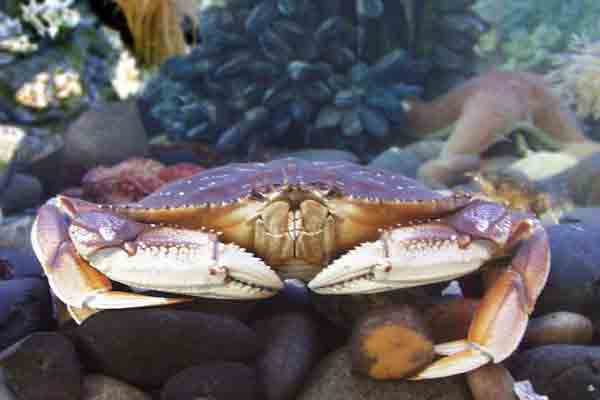
Image courtesy NOAA National Marine Sanctuaries program

